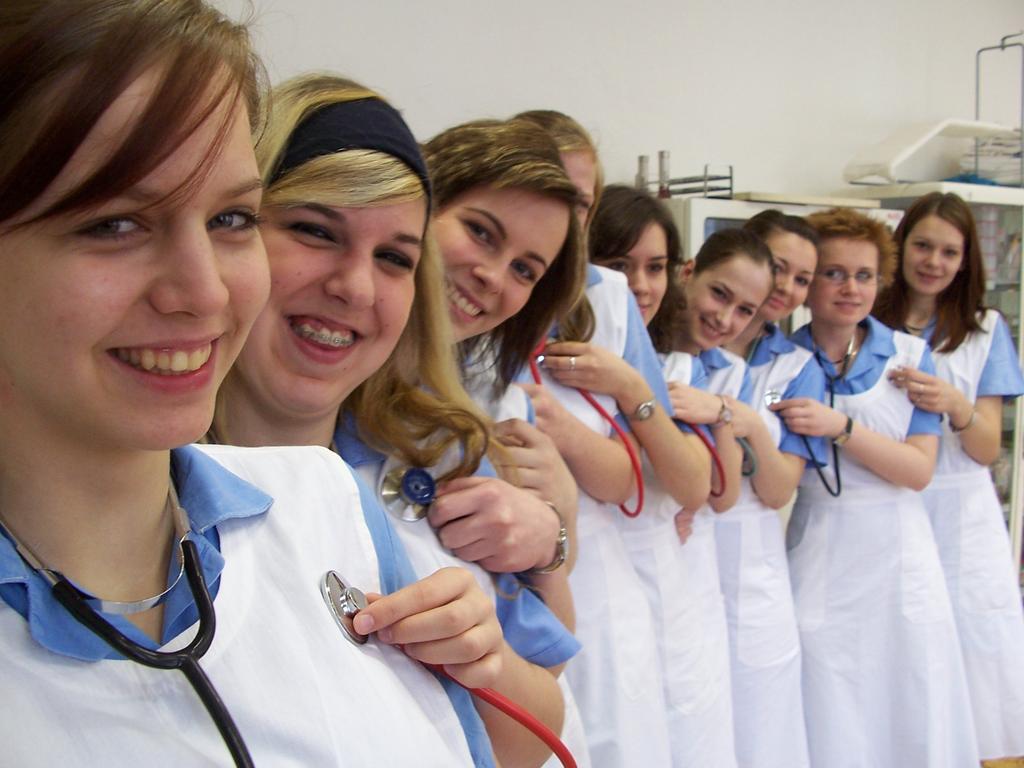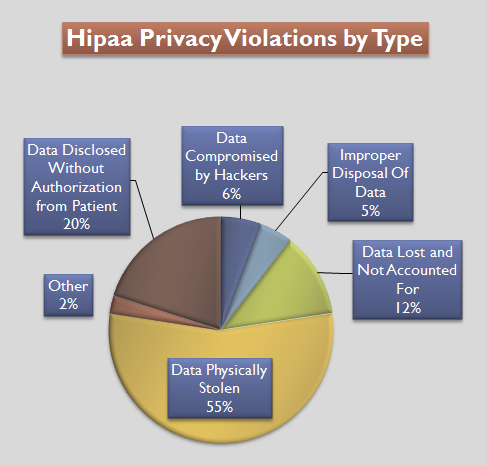What do students in the nursing field learn to do?
 |
| Vlastimil. "Nursing Students." 3/22/2006 via WikiMedia Commons. Creative Commons License. |
They learn how to handle the "hands-on" aspect of patient care, catering to all the needs that patient may have. Most nursing schools have mannequins so students can learn in a practical environment, from being introduced to tasks like taking vitals to administering IVs. These students learn many different specialties from oncology to pediatrics, but they usually choose a specialty to focus on later in their education. There is also a focus on the psychiatric and mental aspects of patient care, as well as the kind of writing nurses do (in APA format).
What do people with this degree go on to do?
One of the most interesting and desirable traits of a nursing career is the variety of paths a nurse can choose from with a degree. Working in hospitals, clinics, for the military, in ambulances, or in schools are just a few of the options a nurse with just a bachelors degree can pursue. Nurses may also choose to conduct research, in the hopes of being published by journals.
What drew me to this field?
Like I said before, ever since I was young I've always felt like the medical field was for me. My mom is a naturopathic doctor and incited an interest in the medical field for me. I've always been described as a "mom" by my friends because I'm always the one to care of everyone else. The idea of interacting with patients and seeing different people is exciting and I don't think it's career I could get tired of.
Three interesting people in the nursing field:
- Sister Callista Roy: Sister Roy is well known for forming the Roy Adaptation Model, which is basically a theory for what the goals of nursing are and became the framework for the way the nursing field should change and adapt over time. She is a part of research done by the Boston College, as well as a professor and nurse theorist. This is not necessarily interesting to me because I don't know much about nursing theory, but these are the ideas that could form my future career so it's definitely important.
- Her professional page: Sr. Callista Roy
- Deborah Burger: Deborah Burger is the co-president of CNA (California Nurses Association) as well as a part of several important nursing unions. Her work as an activist has improved nursing wages and benefits across the country. She was also behind a law being passed in California to enforce patient to nurse ratios. This work is also really important for the career I'm about to go into, and I'm totally for nurses getting more benefits and respect.
- Her professional page: Deborah Burger.
- Dr. Patricia Benner: Dr. Patricia Benner is another important nurse theorist that has pioneered some ideas on how a nurse gains their knowledge through experience and practical knowledge. This is an aspect of nursing that I really like and really attracts me to the field so it's pretty interesting that formal theories are being made on it.
- Her professional page: Patricia Benner
Three top journals in the nursing field:
- Journal of Advanced Nursing: this journal is published in Wiley, which is a part of the UK.
- American Journal of Medicine: this journal is published in Philadelphia.
- International Journal of Nursing Studies: this journal is published in Australia.
Nursing, nursing, nursing.

.jpg)



















